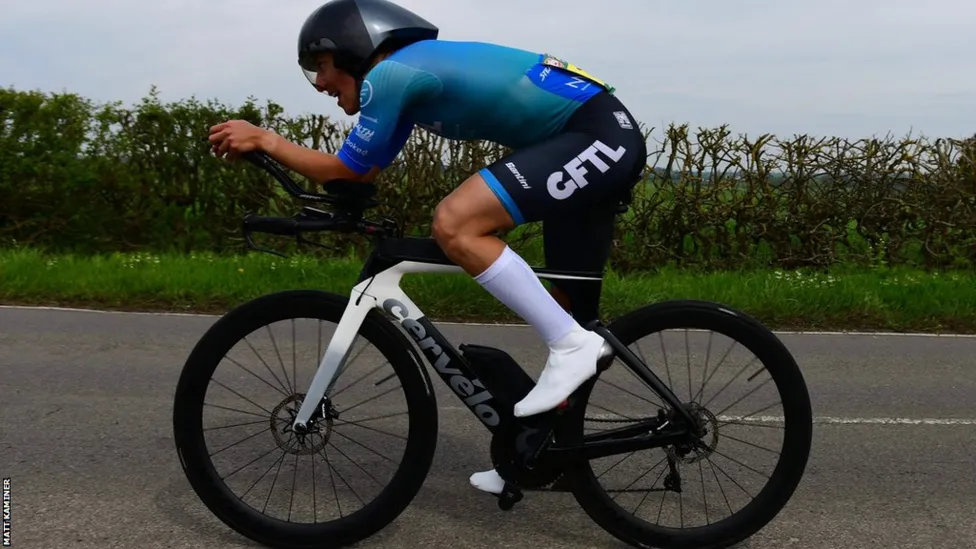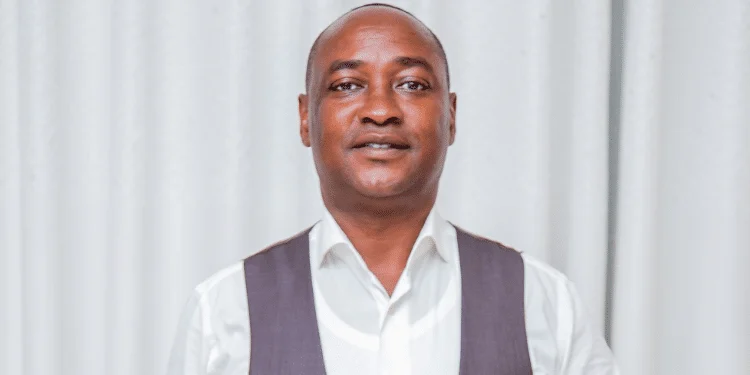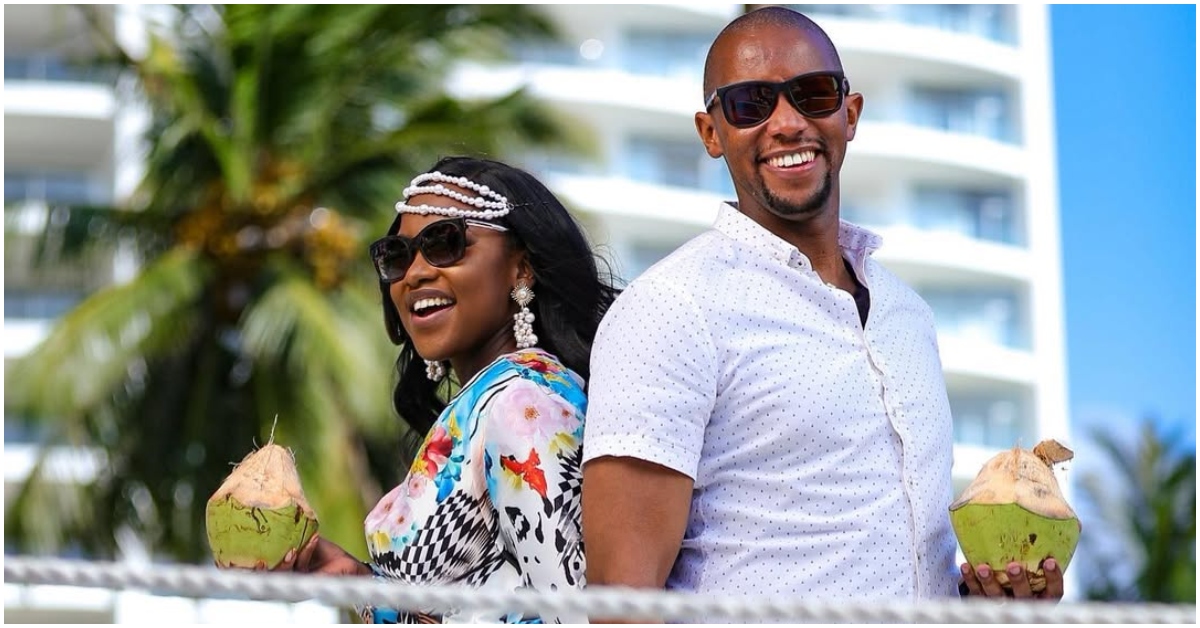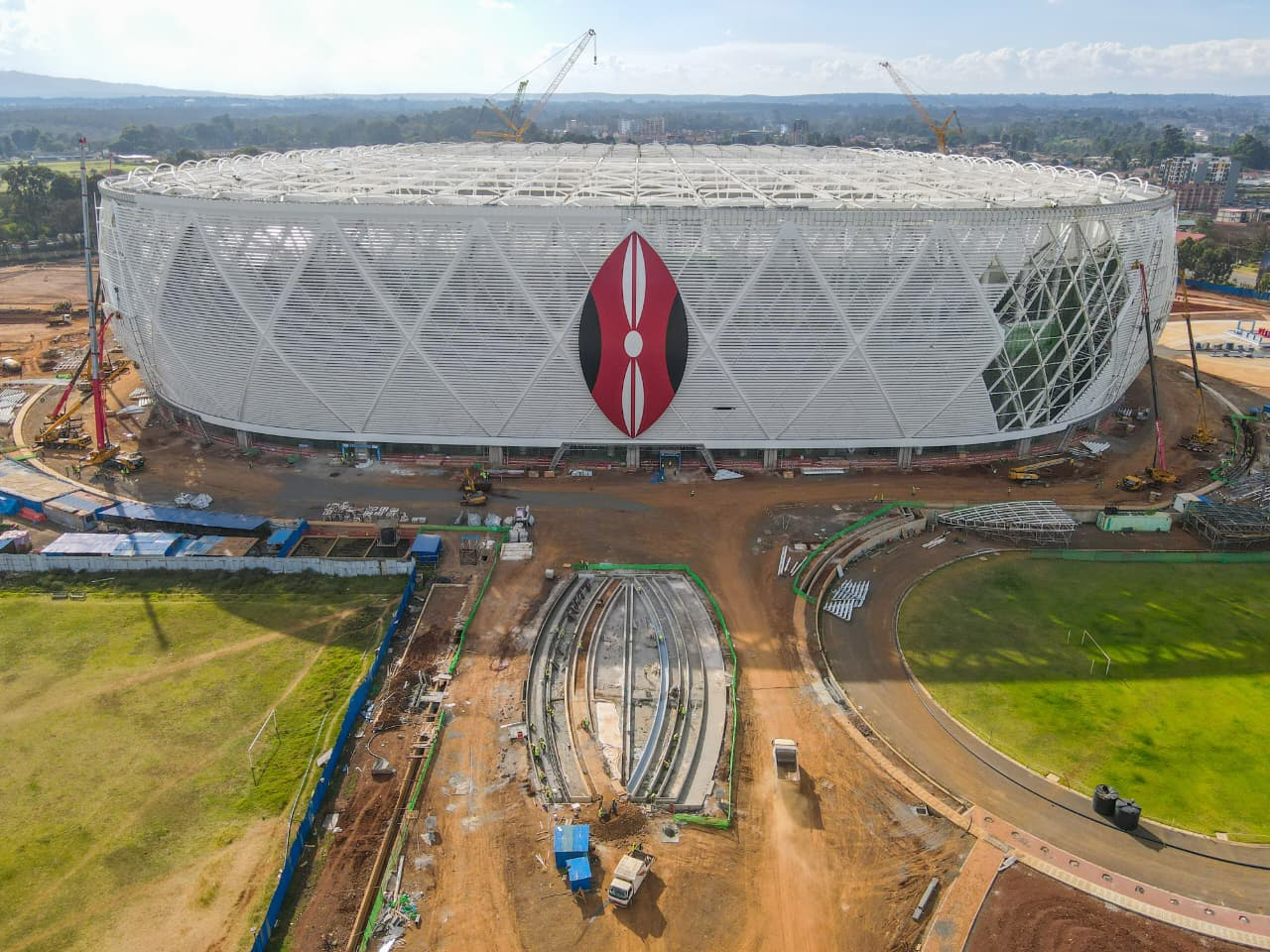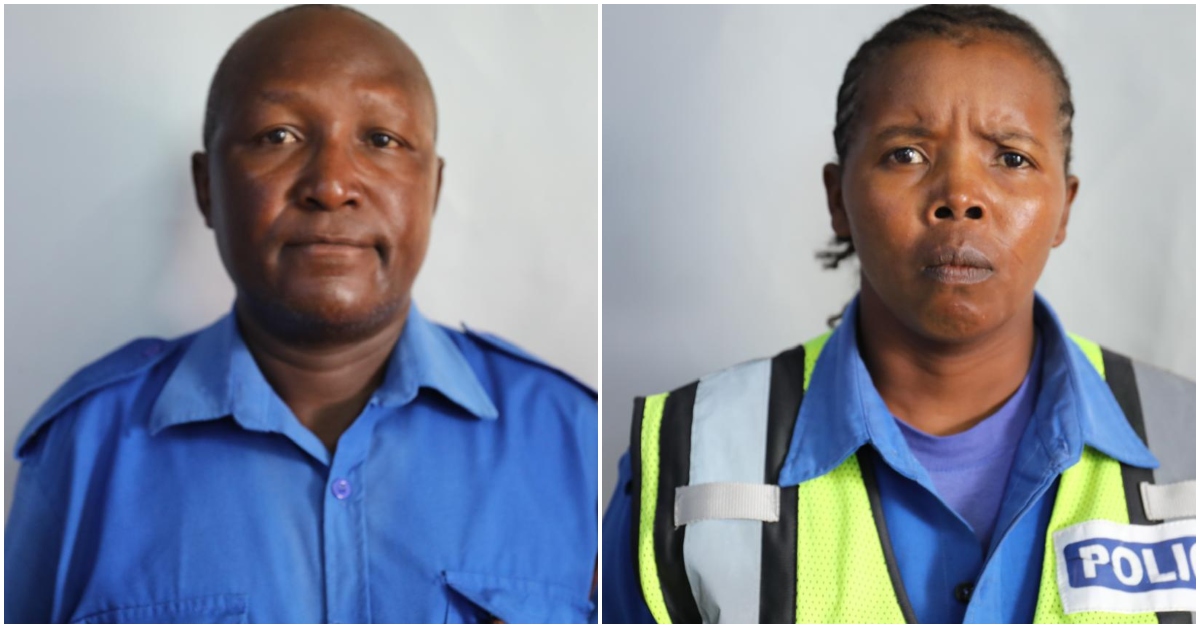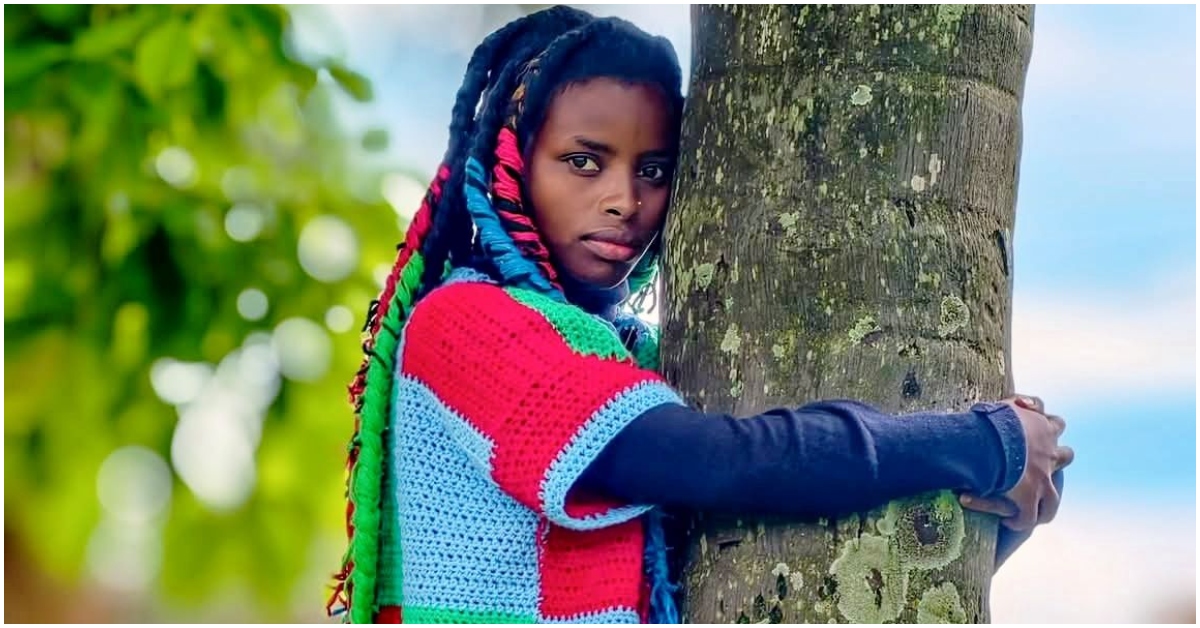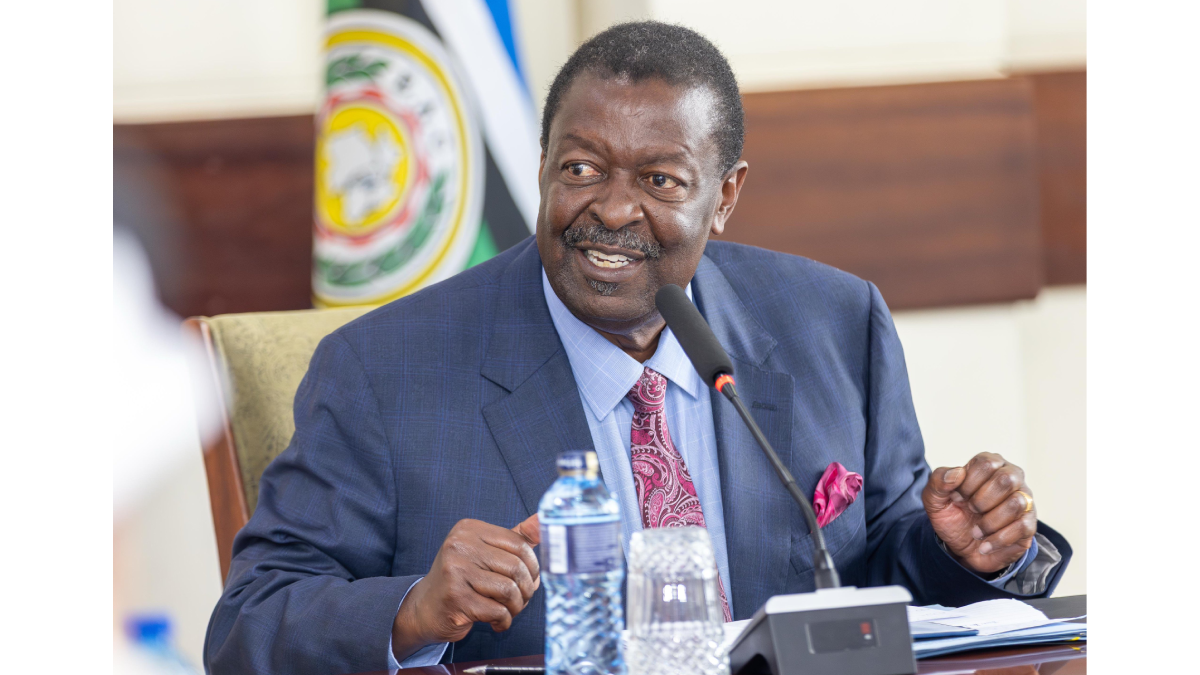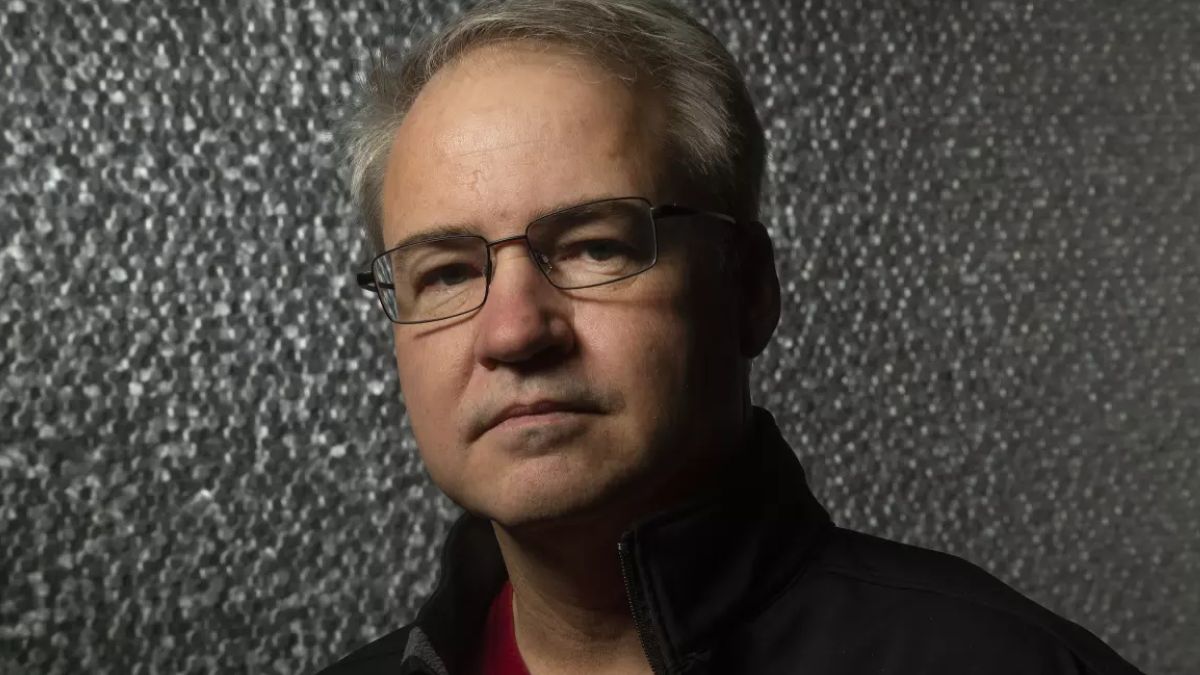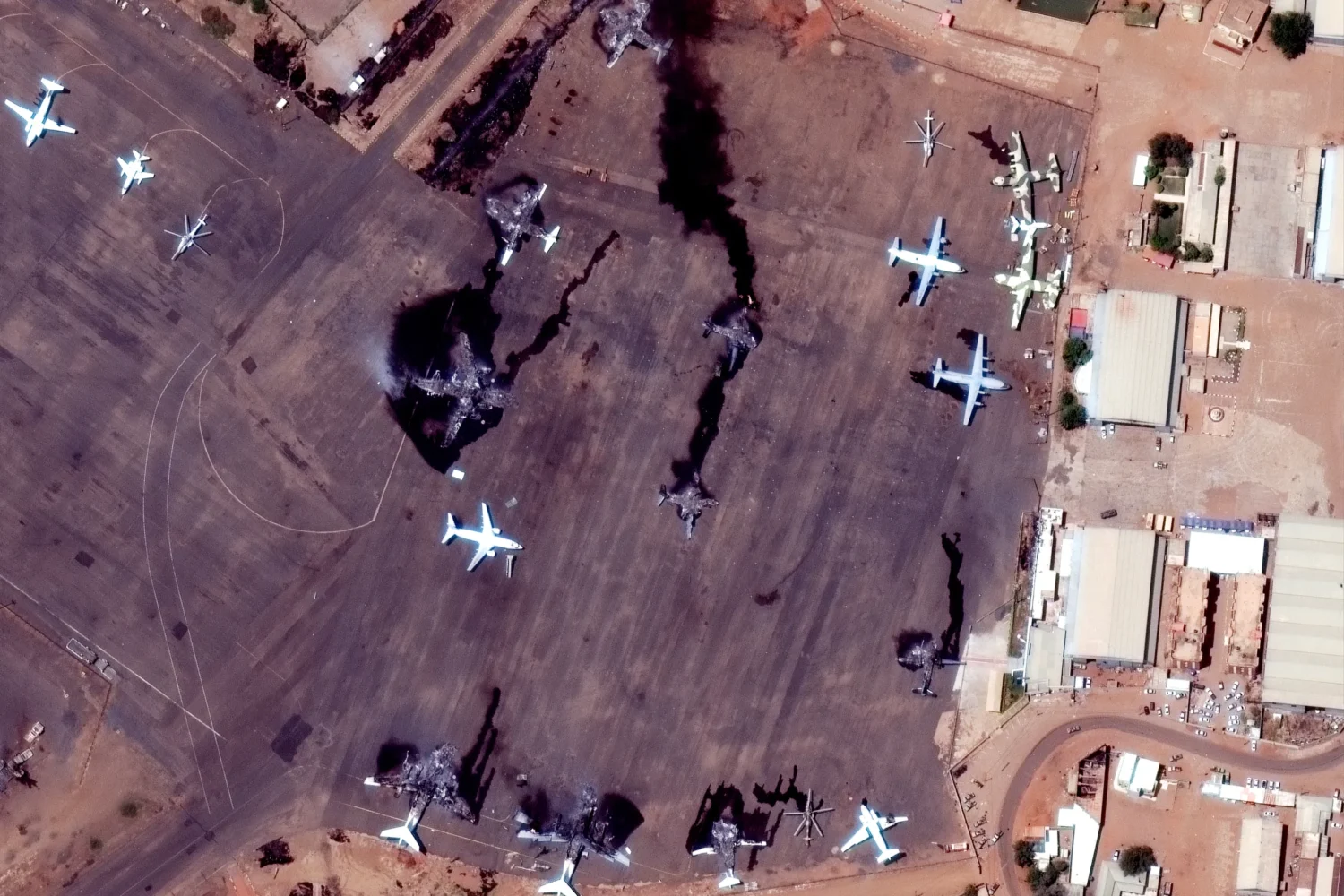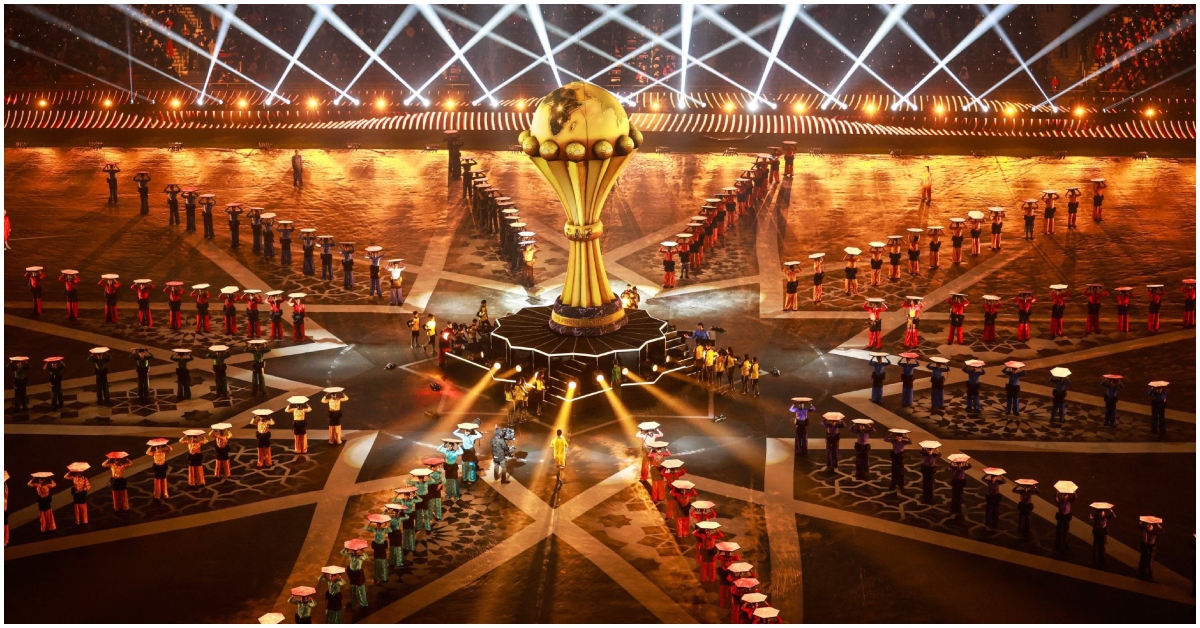At some point I’m tempted to say the hustle be damned but end month is around the corner, bills have to be paid and with that you sojourn on.
Well, let me take you through the hectic days of a journo, covering the President’s tours ! It is a task that demands not only journalistic skill but also a great deal of patience and resilience. As a current affairs news reporter, I have had my fair share of experiences, but nothing quite compares to the chaos that ensues when the President visits an area, especially one as densely populated as Nairobi’s informal settlements.
Thursday, August 12 was one such day. President William Ruto visited one of Nairobi’s informal settlements, Korogocho, to launch a new climate change initiative. The anticipation was palpable, and the crowds gathered. Residents, eager to catch a glimpse of the President, creating a sea of humanity.
From the moment the President’s visit was announced, the atmosphere in the settlement changed. People from all walks of life gathered, hoping to see the President and what follows of this, trust me, is chaos that is hard to describe.
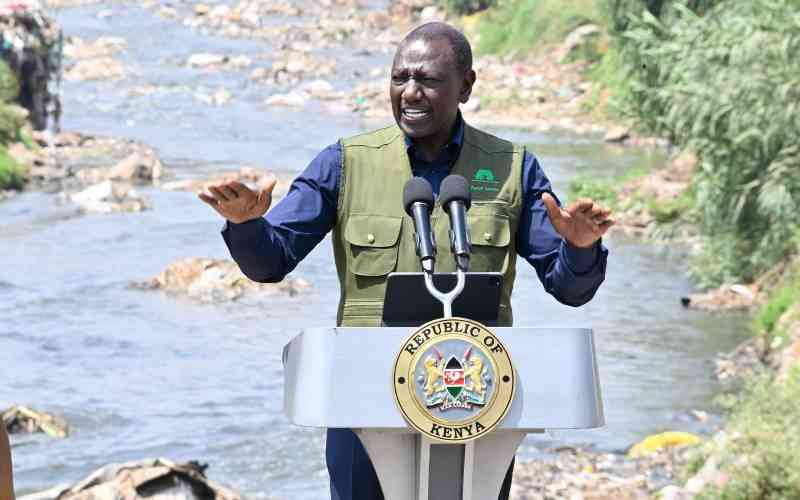
As journalists, we are often caught in the middle of this frenzy. The pushing and shoving from the crowd, combined with the constant movement of the President’s security detail, creates a challenging environment. The security personnel have a mandate to protect the President at all costs, and this often means pushing back against the crowd, which can lead to tense and sometimes dangerous situations.
The President’s security detail is a well-oiled machine, trained to handle large crowds and potential threats. However, their presence adds another layer of complexity to our job. They are constantly on high alert, scanning the crowd for any signs of danger. This vigilance is necessary, it also means that we, as journalists, have to navigate through a maze of security protocols and barriers.
On the material day as President Ruto made his way through the informal settlement, the security team was in full force. They formed a protective ring around him, moving swiftly and decisively to keep the crowd at bay. This created a dynamic where we, the journalists, had to be quick on our feet, constantly adjusting our positions to get the best shots and capture the most important moments.
While dealing with the physical challenges on the ground, we also have to manage the constant stream of communication from our editors, producers, and directors. The calls and messages come in non-stop, each one bringing new instructions, requests for updates, and demands for confirmation of details. It’s a high-pressure environment that requires us to stay focused and organized, even when it feels like our heads might explode from the sheer volume of information.
Amidst all the chaos, it’s easy to forget the human element of these events. The residents of the informal settlement, many of whom live in difficult conditions, see the President’s visit as a moment of recognition.
Covering presidential tours is not for the faint of heart. It requires a unique blend of physical stamina, mental agility, and emotional resilience. But despite the challenges, it is also one of the most rewarding aspects of being a journalist. Each event is a reminder of the power of the press and the important role we play in documenting history as it unfolds.
Korogocho’s experience was a testament to the hectic and often chaotic nature of covering presidential tours. The large crowds, the pushing and shoving, the ever-present security, and the constant demands from the newsroom all contribute to a challenging but ultimately fulfilling job.
As journalists, we are at the heart of these events, capturing the moments that matter and telling the stories that need to be told.

